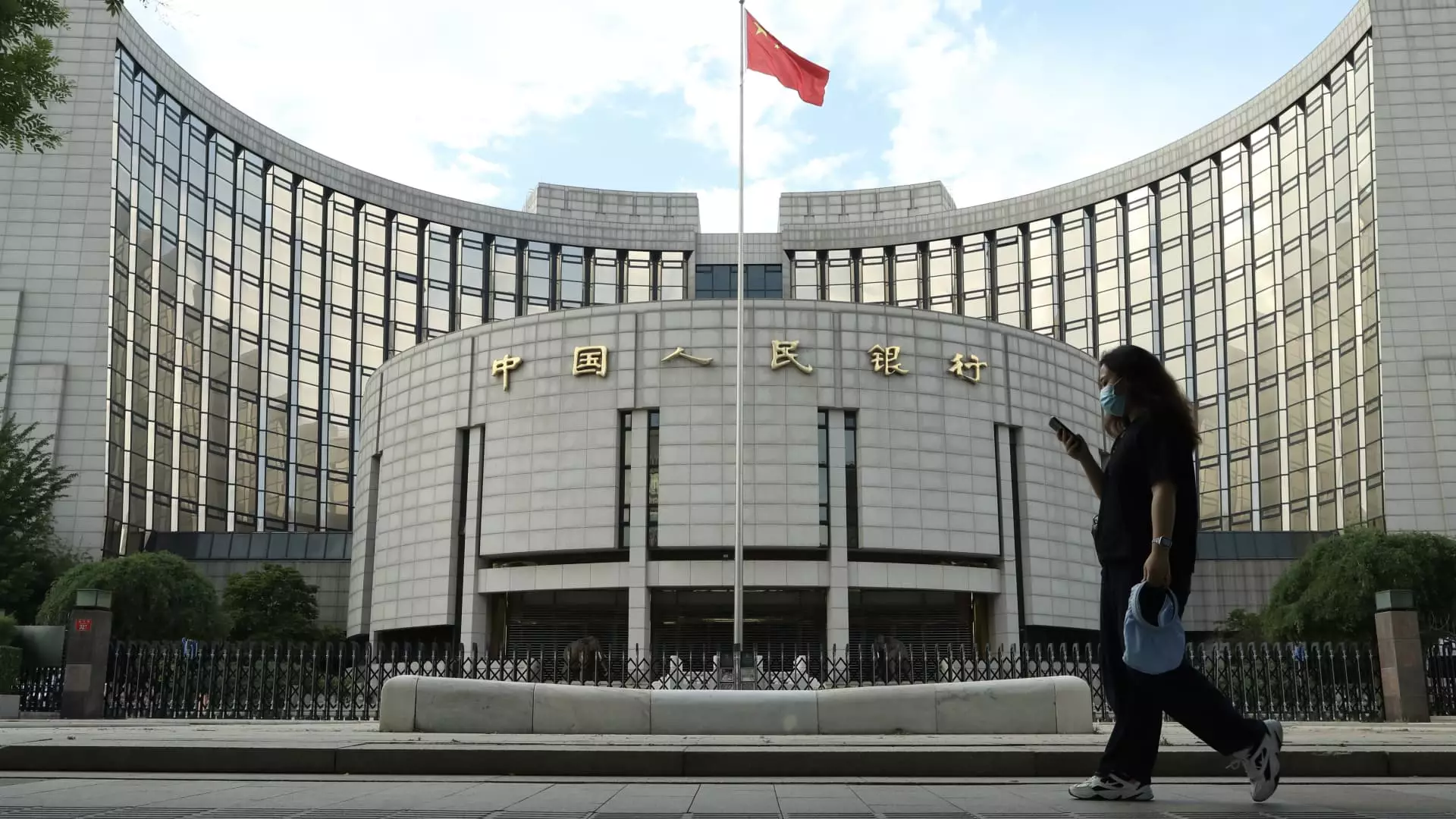On Monday, China made a significant monetary policy decision by lowering its main benchmark lending rates by 25 basis points, as confirmed by the People’s Bank of China (PBOC). The one-year loan prime rate (LPR) now stands at 3.1%, while the five-year LPR has been adjusted to 3.6%. This strategic move is particularly impactful because the one-year LPR affects corporate loans and many household loans, and the five-year LPR is pivotal for determining mortgage rates. These reductions reflect an ongoing effort by the Chinese central bank to navigate a troubled economic landscape.
The cuts were anticipated by market analysts and stakeholders, particularly following remarks from PBOC governor Pan Gongsheng during a Beijing forum. He had suggested a possible reduction of 20 to 25 basis points, signaling the central bank’s preparedness to provide stimulus in response to economic stagnation. Additionally, Pan alluded to potential future changes in the reserve requirement ratio (RRR), suggesting that it might be reduced by 25 to 50 basis points as early as the year’s end, contingent on the liquidity needs of banks.
This consistent communication from the central bank is crucial in maintaining market confidence. Financial markets thrive on predictability, and clear signals regarding monetary policy adjustments help mitigate uncertainty among investors and businesses.
China’s economy has been grappling with challenges, primarily due to a slow recovery from the pandemic, a lingering property sector crisis, and subdued consumer sentiment. Despite a slight uptick in GDP growth—4.6% year-on-year in the third quarter—this figure alone does not encapsulate the depth of the economic malaise, marked by varying degrees of economic activity across different sectors.
Leading analysts, such as Shane Oliver from AMP, have pointed out that while the recent cuts are a step toward monetary easing, they may not be sufficient to instigate substantial economic recovery. Oliver emphasized that the underlying problem is not merely the cost of borrowing, but rather a significant deficiency in consumer demand. This lack of demand, he argues, underscores the necessity for complementary fiscal stimulus measures that can invigorate consumer spending and overall economic activity.
The Intersection of Interest Rates and Economic Demand
While adjusting interest rates can provide temporary relief, the PBOC’s initiatives must also consider structural issues within the economy. Zhiwei Zhang, a noted economist, has articulated that despite these cuts, real interest rates remain excessively high, which casts doubts on the efficacy of rate reductions alone. Zhang anticipates further cuts in the forthcoming year, particularly as global economic conditions evolve, including potential reductions in U.S. Federal Reserve interest rates.
In the context of these discussions, broader factors such as consumer confidence and government policies become pivotal. The measures previously instituted by the PBOC, including a 50-basis-point reduction in the RRR last month, were aimed at injecting liquidity and fostering confidence within financial markets. However, real recovery will necessitate a holistic approach that encompasses both monetary easing and strategic fiscal policies aimed at resuscitating demand among consumers and businesses.
The recent interest rate cuts are indicative of China’s acknowledgment of its economic difficulties and a proactive step towards creating a more favorable borrowing environment. However, as analysts point out, mere reductions in lending rates cannot single-handedly address the challenges at hand. A dual approach, incorporating robust fiscal measures alongside monetary adjustments, appears essential for invigorating demand and sustaining growth in China’s economy.
Adding to the complexities are the ongoing implications of global economic dynamics and domestic consumer behavior patterns. As China navigates these multifaceted challenges, continuous monitoring of the economic indicators and adaptive policymaking will be critical in shaping the future trajectory of the world’s second-largest economy.

Leave a Reply